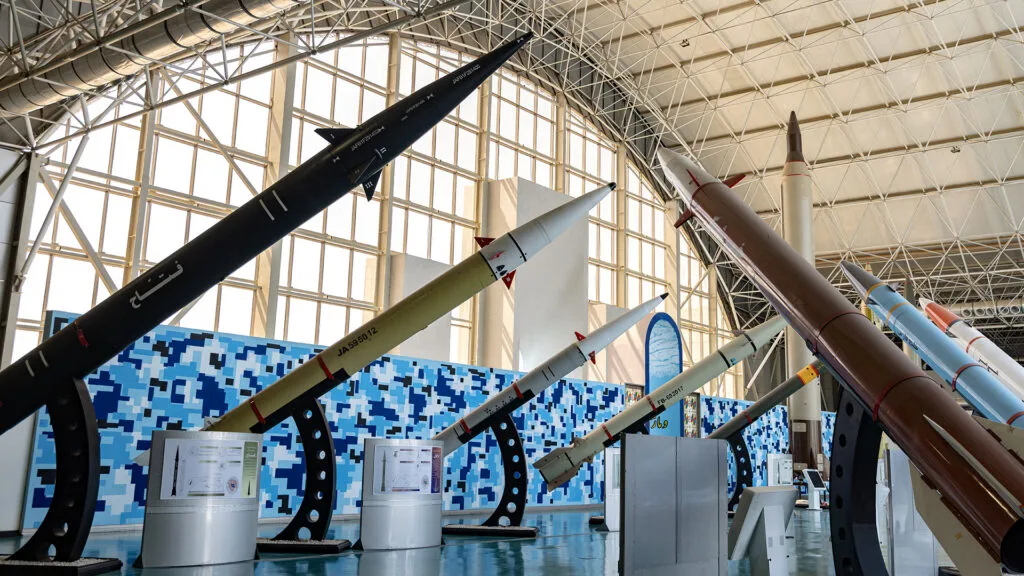360 Video: Return to Chernobyl
April 26, 2016
Share
Thirty years ago, Pripyat, now in modern-day Ukraine, was a bustling city of 50,000 people. Founded in 1970, the Soviet-planned community was a home for workers at the nearby Chernobyl nuclear power station and their families.
That all changed on April 26, 1986. The nuclear accident at Chernobyl — which three decades later remains the worst on record — resulted in at least 30 deaths. The explosion contaminated parts of Ukraine, Belarus and Russia, leading to an estimated 5,000 cases of thyroid cancer among residents who were children at the time of the accident.
About 36 hours after the blast, residents of Pripyat began to evacuate en masse. They were told they’d be able to return after a few days, but officials would eventually close off 1,000 square miles surrounding the reactor — an area known today as “the exclusion zone.” It’s been deserted for three decades due to fears of radiation.
Aleksandr Sirota was only nine years old when the accident happened. He was at school when sirens began to sound that morning. When his teacher didn’t show up for the second class of the day, he and a friend ran away from school to find out what was happening. They went to the nearby municipal hospital, he says, where some of the first injured were brought.
At first, hospital officials “refused to say anything,” Sirota recalls, “but finally one said that there was a fire at the plant.”
Sirota later went home to wait for his mother.
“There was a knock at the door,” he remembers. “They told us to be prepared for a temporary evacuation because something happened at the power plant — ‘take everything that you need, take your passports and food for three or four days.'”
An estimated 300,000 people were eventually displaced by the disaster. Sirota — who today is one of the official guides to Pripyat — is one of the few to have ever returned.
In our new virtual reality documentary, Return to Chernobyl, FRONTLINE in partnership with the Arthur L. Carter Journalism Institute at New York University, travels with Sirota to the site of the accident for a first-of-its kind tour of Chernobyl.
Filmed on 360-degree cameras from inside the exclusion zone, the documentary is an on-the-ground look at the remnants of Pripyat, what’s left of the Chernobyl station, and the effort to seal the reactor behind the meltdown with a radiation confinement shelter.
Return to Chernobyl was directed and produced by Yifeng Jiang, Jan Kobal, Rahmah Pauzi and Veda Shastri of NYU with Jason Maloney, director of the university’s international reporting program, GlobalBeat.

Latest Documentaries
Explore
Policies
Teacher Center
Funding for FRONTLINE is provided through the support of PBS viewers and by the Corporation for Public Broadcasting, with major support from Ford Foundation. Additional funding is provided the Abrams Foundation, Park Foundation, John D. and Catherine T. MacArthur Foundation, Heising-Simons Foundation, and the FRONTLINE Trust, with major support from Jon and Jo Ann Hagler on behalf of the Jon L. Hagler Foundation, and additional support from Koo and Patricia Yuen. FRONTLINE is a registered trademark of WGBH Educational Foundation. Web Site Copyright ©1995-2025 WGBH Educational Foundation. PBS is a 501(c)(3) not-for-profit organization.




















